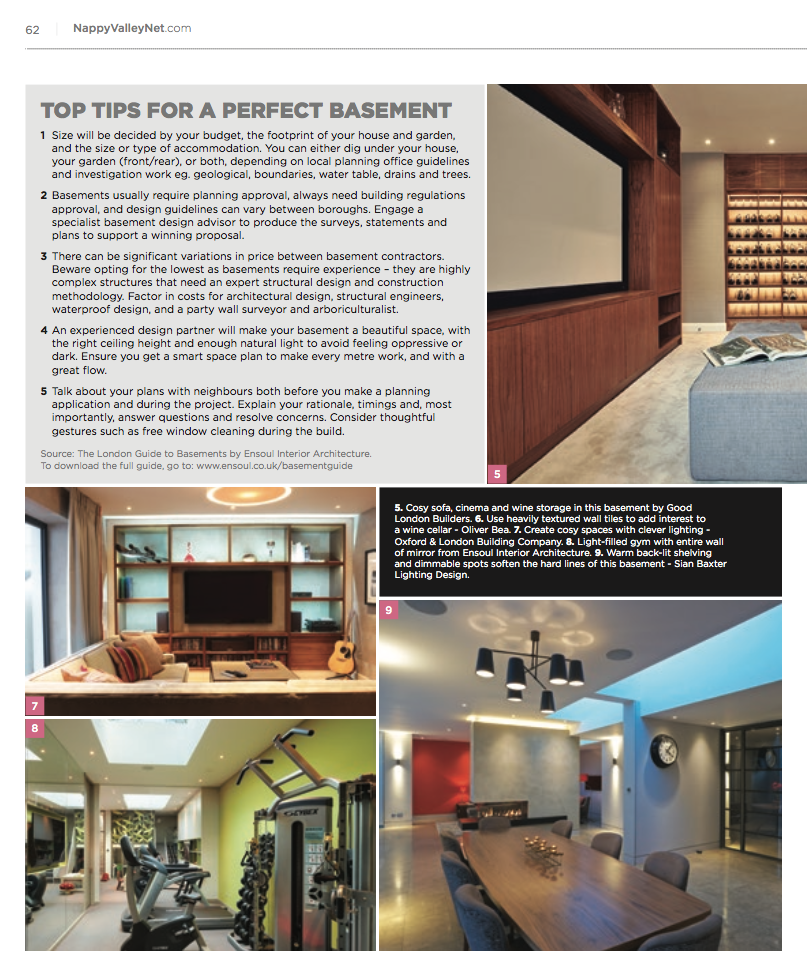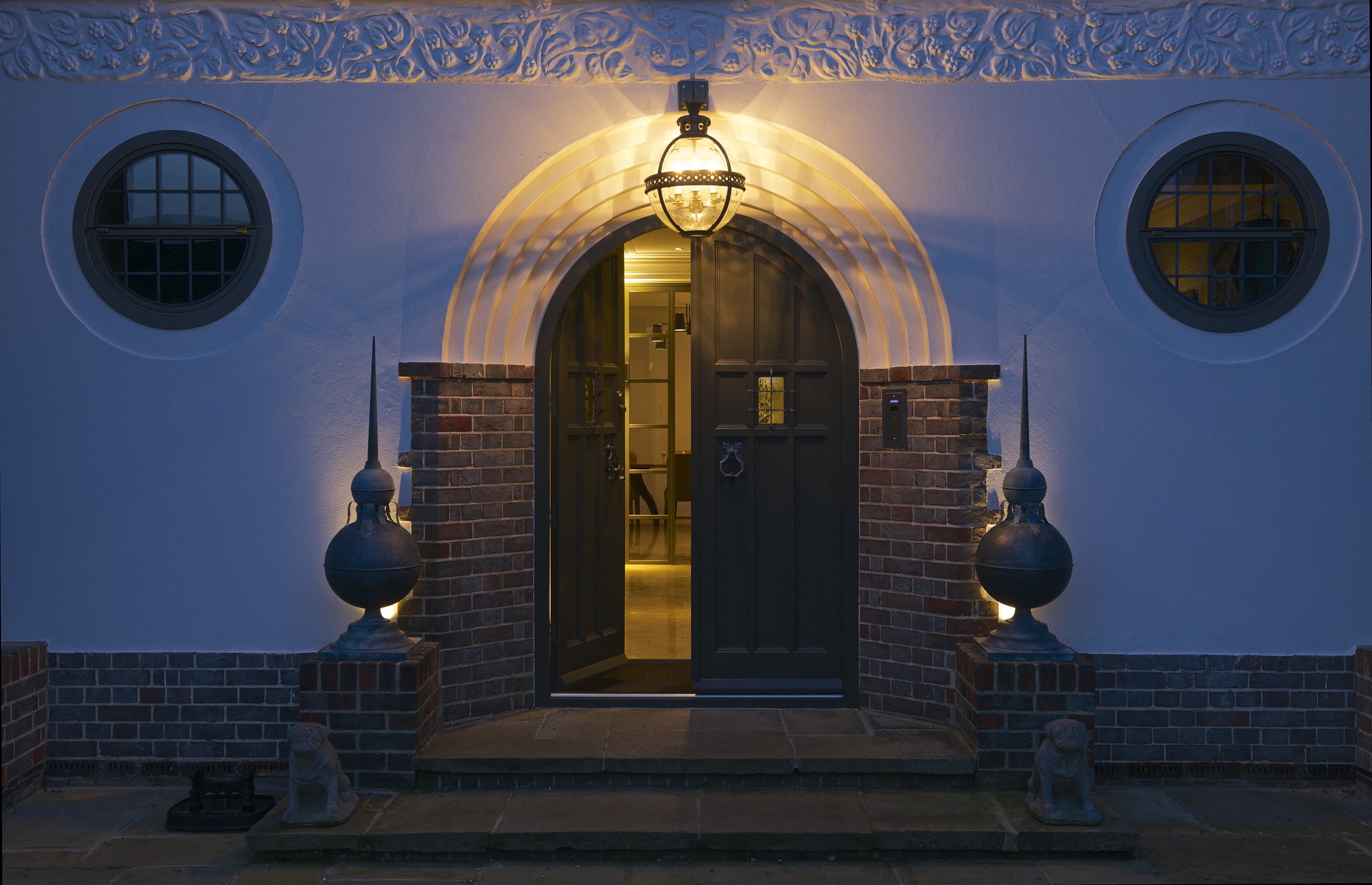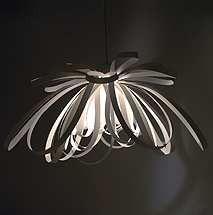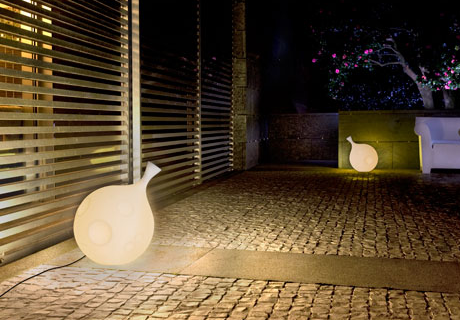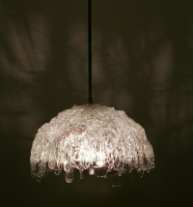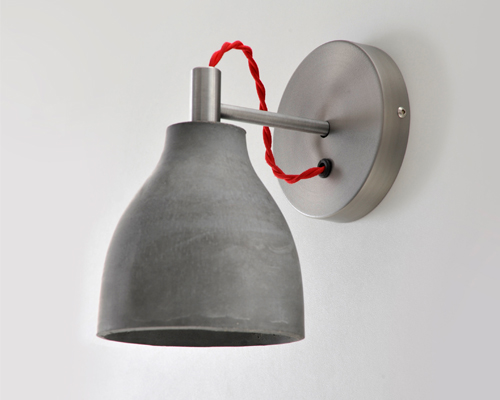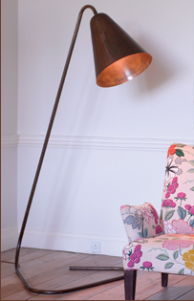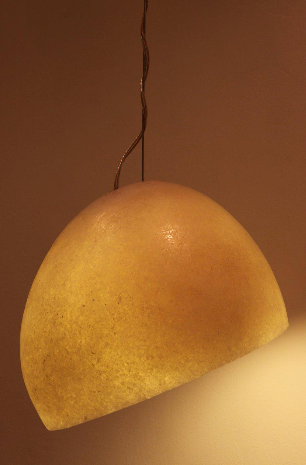In just over a week Part L of the UK Building Regulations (originally introduced in 2006 aimed at cutting carbon omissions) will become far more stringent.
For the interiors of domestic homes (new builds as well as work on existing buildings - extensions and conversions etc) 75% of the lights will need to be energy efficient (ie. have luminous efficacy of greater than 45 lamp lumens/circuit-watt and a minimum lumen output of 400 lamp lumens). Lights with less than 5 watts won't count towards the 75%.
For exterior lighting, daylight sensors will need to be used (so that lights turn off automatically when there is sufficient daylight) and either every light will need to be energy efficient or, if not, lights must be no more than100 watts and should be used with occupancy sensors (so that lights turn off automatically when the area being lit becomes unoccupied).
The question I’ve been asked many times is ‘will it be possible to meet these new regulations and still achieve a beautiful lighting scheme?’ The answer is a resounding ‘yes’. I’ve already completed a number of projects that meet these efficiency standards and am currently working on a design that is 100% energy efficient.
Life has been made easier this time around for designers, like myself, as the industry is far more prepared than it was 4 years ago. There are many good quality energy efficient fittings available as well as some excellent energy efficient bulbs. This is important as standard lights fitted with energy efficient bulbs will now count towards the 75%. This is a departure from the 2006 regulations that stipulated the use of ‘dedicated’ energy efficient fittings only (ie. those that won’t work with traditional inefficient bulbs).
The LED market in particular has taken off. There are LED versions of most types of bulbs (GU10, GLS bayonet and Edison etc) that are dimmable and give a wonderfully warm light just like the traditional Tungsten bulbs that we know so well. Manufacturers have unfortunately so far failed to produce a dimmable retrofit energy efficient MR16 bulb equivalent to 50 watts. Many are trying, and, from what I hear it’s just round the corner.













